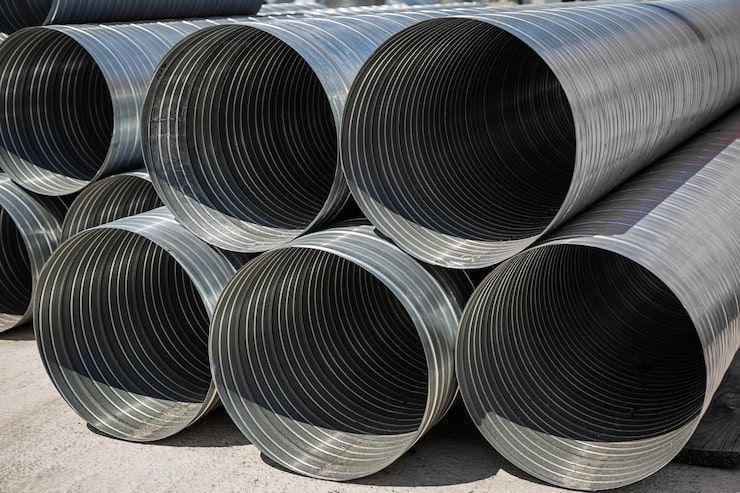High density polyethylene, commonly known as HDPE, is a versatile and durable thermoplastic polymer widely used in the production of pipes for various applications such as water supply, gas distribution, irrigation, and sewage systems. The process of manufacturing HDPE pipes involves several critical stages that ensure the pipes meet stringent quality, strength, and performance requirements. This article provides a comprehensive overview of how to manufacture HDPE pipes, focusing on materials, extrusion technology, process parameters, and quality control measures.

The manufacturing process begins with selecting high-quality raw materials. The primary material is HDPE resin, which must possess the correct molecular weight, density, and purity. To enhance the pipes’ durability and resistance to environmental factors, manufacturers often incorporate additives such as UV stabilizers, antioxidants, and colorants. These additives protect the pipes from degradation due to sunlight exposure and chemical attacks, thereby extending the lifespan of the final product.
Once the raw materials are prepared, they are fed into the extrusion machine. Extrusion is the central step in the pipe manufacturing process. It involves melting the HDPE resin pellets inside a heated barrel using a rotating screw that pushes the molten material toward a shaping die. Maintaining precise temperature control is essential throughout the extrusion process, usually ranging between 180 and 250 degrees Celsius. Proper temperature control ensures the polymer melts uniformly, flows smoothly, and avoids thermal degradation, which could negatively impact pipe quality.
The molten HDPE passes through a specialized pipe die, which defines the pipe’s external diameter and wall thickness. The design of this die is crucial because it directly affects the dimensional accuracy and surface finish of the pipe. A well-engineered die minimizes internal stresses and flow irregularities, resulting in consistent wall thickness and a smooth surface free from defects.
After exiting the die, the pipe immediately enters a vacuum calibration and cooling system. This system cools the hot pipe while maintaining its precise dimensions by applying vacuum pressure around the pipe surface. The vacuum calibration tank ensures the pipe diameter stays within tight tolerances and prevents deformation during solidification. Cooling is typically achieved with water baths or spray systems tailored to the pipe size and production speed.
Following cooling, the pipe is cut into desired lengths using automated cutting machines. The pipes are then marked and labeled with critical information such as production date, pipe size, material grade, and relevant certifications. This step is vital for traceability and compliance with industry standards.
To guarantee product reliability, the pipes undergo stringent quality control testing. Manufacturers test properties such as tensile strength, elongation at break, melt flow index, density, and impact resistance. These tests confirm that the pipes can withstand mechanical stresses, environmental exposure, and pressure requirements. Compliance with international standards such as ASTM, ISO, and EN is essential for market acceptance.
Modern HDPE pipe manufacturing also involves the use of automation and real-time monitoring systems. Computerized controls allow operators to adjust temperature, screw speed, and pressure dynamically, optimizing process parameters to reduce waste and improve efficiency. This level of control contributes to producing pipes with consistent quality and minimal defects.
Environmental sustainability is becoming increasingly important in HDPE pipe production. Many manufacturers implement energy-efficient machinery and recycling systems to minimize material waste and reduce carbon footprints. Using recyclable HDPE resin further enhances the eco-friendliness of the manufacturing process.
The final HDPE pipes produced through this process exhibit excellent chemical resistance, flexibility, and impact strength, making them ideal for a wide range of applications in demanding environments. Their lightweight nature also simplifies transportation and installation compared to traditional materials like metal or concrete.
In conclusion, manufacturing HDPE pipes involves several key steps: raw material selection, controlled extrusion with precise temperature management, shaping through a specialized die, vacuum calibration and cooling, cutting and marking, and rigorous quality control testing. By adhering to these processes and employing advanced technology, manufacturers can produce high-quality, durable HDPE pipes that meet industry standards and customer expectations. Understanding these manufacturing fundamentals is crucial for companies seeking to enter or compete in the plastic pipe market successfully.


